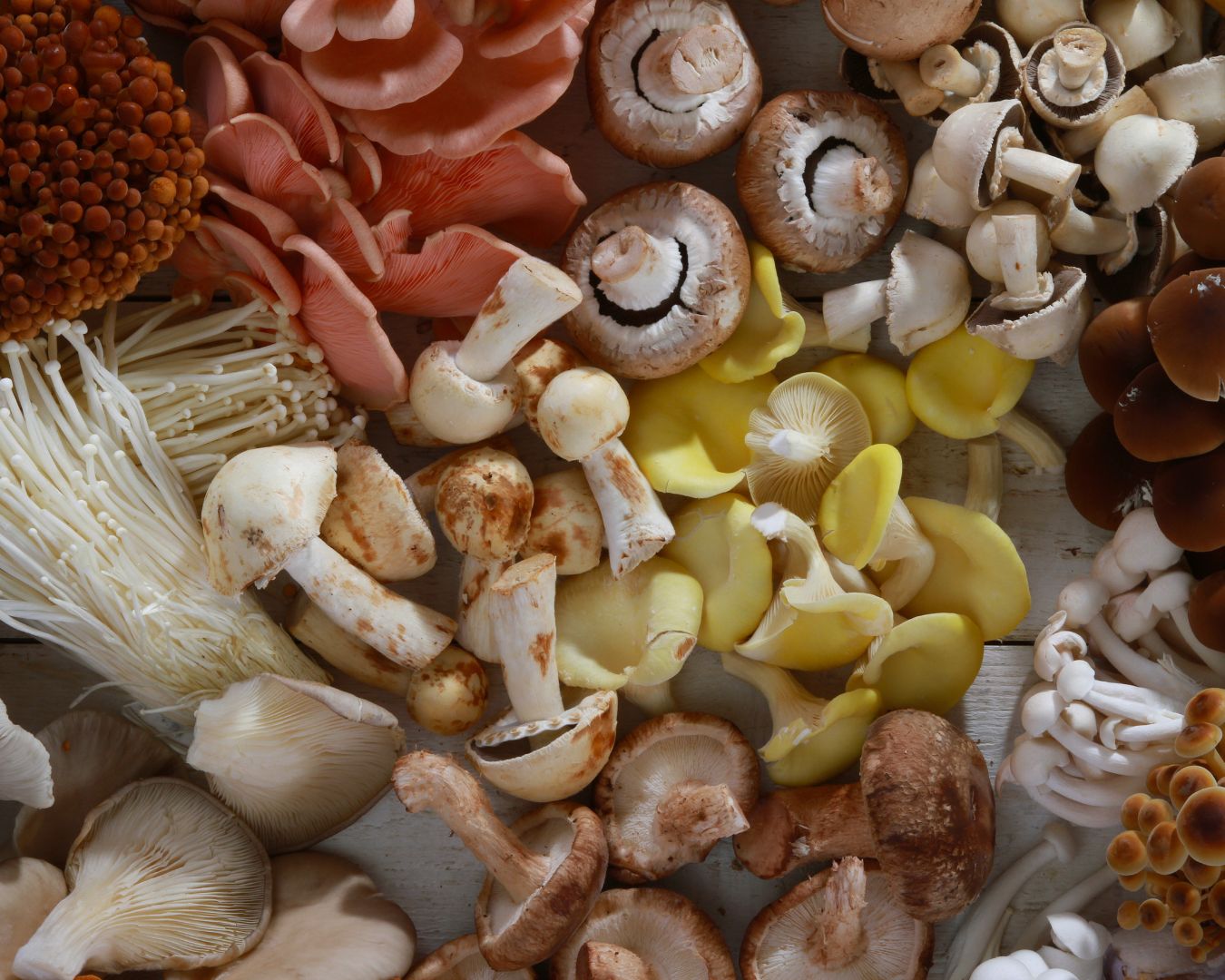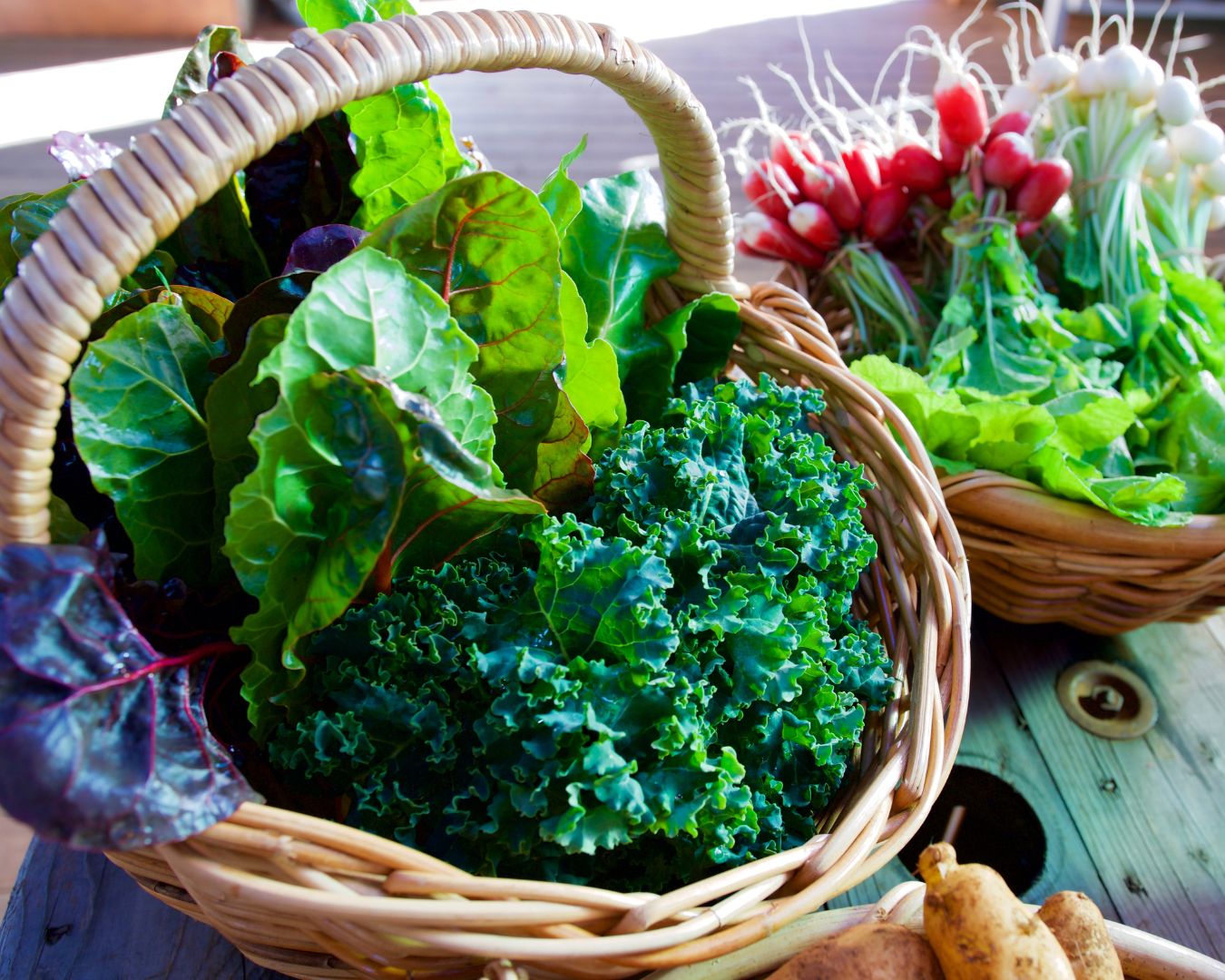Cheese is a culinary delight that can elevate any dish, snack, or meal. Pairing cheese with the right wines and foods, however, can be a bit intimidating for even the most seasoned home cooks. Whether you’re hosting a dinner party, preparing a cheese board, or simply enjoying a cozy evening at home, understanding the art of pairing cheeses with wines and other foods can enhance the flavors of both. In this blog post, we’ll explore how to select the right cheeses, pair them with complimentary wines, and match them with other foods to create a perfect harmony of tastes. Understanding Cheese Varieties Before you can start pairing cheeses with wines and foods, it’s important to understand the basic categories of cheese. Cheese can range from soft and creamy to firm and crumbly, each with its own unique flavor profile. Here’s a quick overview: Pairing Cheese with Wine The classic combination of cheese and wine is all about balance. You want the flavors of both to complement each other rather than overpower. The general rule of thumb is to pair wines and cheeses that are either similar in intensity or contrast in a balanced way. Soft, Mild Cheeses Examples: Brie, Mozzarella, Goat CheeseWine Pairing: Light, crisp white wines like Sauvignon Blanc or sparkling wines like Champagne.Why It Works: The acidity and lightness of the wine help cut through the creaminess of the cheese without overpowering its delicate flavors. Semi-Soft, Mellow Cheeses Examples: Gouda, Havarti, FontinaWine Pairing: Medium-bodied white wines like Chardonnay or light red wines like Pinot Noir.Why It Works: These cheeses have enough flavor to stand up to richer whites or softer reds, creating a well-rounded combination. Firm, Aged Cheeses Examples: Cheddar, Manchego, GruyereWine Pairing: Bold reds like Cabernet Sauvignon or rich whites like oaked Chardonnay.Why It Works: The complexity of aged cheeses pairs well with the tannins in red wines or the fuller body of aged whites, making for a robust and satisfying match. Blue Cheeses Examples: Roquefort, Stilton, GorgonzolaWine Pairing: Sweet wines like Port, Sauternes, or a bold Zinfandel.Why It Works: The sweetness of the wine balances the strong, salty flavors of the blue cheese, creating an indulgent pairing. Pairing Cheese with Other Foods While wine is a classic pairing for cheese, there are plenty of other foods that complement cheese beautifully. Whether you’re building a cheese board or incorporating cheese into a dish, consider these pairing suggestions: Fresh Fruits Cured Meats Crackers and Bread Nuts Honey and Jams Creating the Perfect Cheese Board If you’re looking to showcase a variety of cheeses, creating a cheese board is the perfect way to display a range of flavors and textures. Here’s a simple guide to building the perfect cheese board: 1. Select a Variety of Cheeses Aim for a balance of soft, semi-soft, firm, and blue cheeses to provide different textures and flavors. Include 3-5 varieties for a well-rounded selection. 2. Add Complementary Foods Include fresh fruits, nuts, cured meats, crackers, and bread to accompany the cheese. Adding a sweet component like fig jam or honey will help balance the savory elements. 3. Pair with Wines Offer a selection of wines that match the cheeses on the board. For example, pair soft cheeses with white wine, firm cheeses with red wine, and blue cheeses with sweet wines. 4. Presentation Matters Arrange the cheeses in a visually appealing way. Group each cheese with its respective pairing food, such as placing figs near brie or crackers near cheddar. Label each cheese so guests can easily identify them. Experimenting in the Kitchen Don’t be afraid to experiment with cheese pairings in your everyday cooking. You can add soft goat cheese to salads, melt gruyere into a quiche, or top pizza with mozzarella and fresh basil. The key is to think about balance—match mild cheeses with bold flavors and strong cheeses with sweet or refreshing counterparts. Cheese pairing is as much an art as it is a science. The goal is to balance flavors and textures so that both the cheese and the wine or food are enhanced. By understanding the basic categories of cheese and how to pair them with wines and complementary foods, you’ll create mouthwatering combinations that will impress your guests and elevate your culinary creations. So the next time you’re in the kitchen, don’t hesitate to experiment and find your own perfect cheese pairings!









